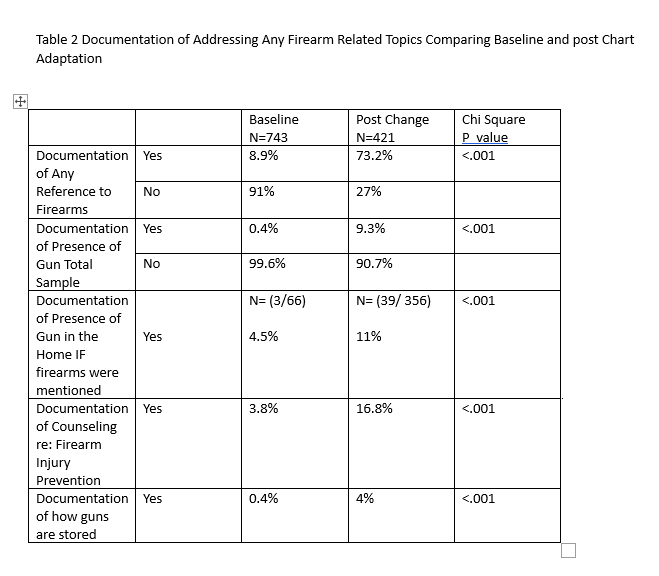Injury Prevention 2
Session: Injury Prevention 2
417 - Enhancing the Electronic Medical Record to Increase Delivery of Firearm Injury Prevention Strategies
Sunday, April 27, 2025
8:30am - 10:45am HST
Publication Number: 417.4815
Eric Sigel, University of Colorado School of Medicine, Denver, CO, United States; Erica K. Sheline, Children's Hospital Colorado, Denver, CO, United States; Maya Haasz, University of Colorado School of Medicine, Aurora, CO, United States; Maya Bunik, Children's Hospital Colorado, Aurora, CO, United States; Jeanelle Sheeder, University of Colorado School of Medicine, Aurora, CO, United States

Eric Sigel, MD (he/him/his)
Professor of Pediatrics
University of Colorado School of Medicine
Denver, Colorado, United States
Presenting Author(s)
Background: Firearms are the leading cause of death for youth. Evidence exists that counseling caregivers on firearm injury prevention, done by health care providers (HCPs), can be an effective strategy to decrease youth access to firearms. However, there is limited evidence as to how to encourage HCPs to address firearm injury prevention during routine visits.
Objective: To examine whether adding a firearm screening reminder to the EHR (electronic health record) well visit template of a pediatric primary care clinic increases the frequency of HCPs addressing firearm injury prevention by screening and/or counseling.
Design/Methods: A pre-post approach was used, comparing baseline chart review in 2019 to 2022, one year after the template change implemented in 2021. Study Setting: large hospital-based outpatient pediatric primary care teaching clinic. Eligibility: Any routine care visit for youth ages 2-19. The baseline sample was a random sample of 10% of eligible visits during 2019 (n=743). The template change prompted the HCP to respond to the question “Firearms in home: yes/no/not asked”. Post template chart review in 2022 included a random sample of 5% of eligible visits (N=421). Primary outcomes were any HCP documentation of addressing firearms during the visit, including screening for firearms in the home, and counseling caregivers on firearm injury prevention. Pearson’s Chi square was used to determine differences between baseline and post-EMR chart adaptation.
Results: A pre-post approach was used, comparing baseline chart review in 2019 to 2022, one year after the template change implemented in 2021. Study Setting: large hospital-based outpatient pediatric primary care teaching clinic. Eligibility: Any routine care visit for youth ages 2-19. The baseline sample was a random sample of 10% of eligible visits during 2019 (n=743). The template change prompted the HCP to respond to the question “Firearms in home: yes/no/not asked”. Post template chart review in 2022 included a random sample of 5% of eligible visits (N=421). Primary outcomes were any HCP documentation of addressing firearms during the visit, including screening for firearms in the home, and counseling caregivers on firearm injury prevention. Pearson’s Chi square was used to determine differences between baseline and post-EMR chart adaptation.
Conclusion(s): Our study demonstrates that a simple change to the EHR dramatically increases the frequency with which pediatric providers address firearm injury with their patients, including screening for presence of firearms and counseling on injury prevention.
Table 1 Demographics of Documentation of Firearm Discussion Pre -Post Chart Adaptation
.png)
Table 2 Documentation of Addressing Any Firearm Related Topics Comparing Baseline and post Chart Adaptation


